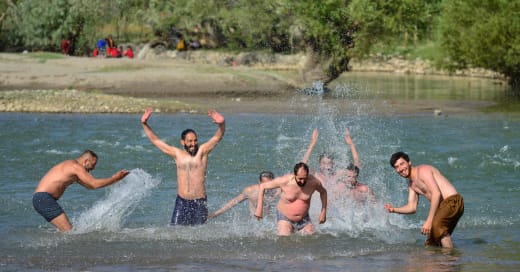My feel-good post for the week
I feel like this is my good news post for the month.
In all seriousness, I find myself feeling much more optimistic on two of America’s larger foreign policy issues this week.
On the China side of the equation, America continues to make serious inroads with allies in the region. And local allies continue to strengthen up their own armies. (Such as tiny S…
Keep reading with a 7-day free trial
Subscribe to The View from the Front Podcast. By Stan R. Mitchell. to keep reading this post and get 7 days of free access to the full post archives.



